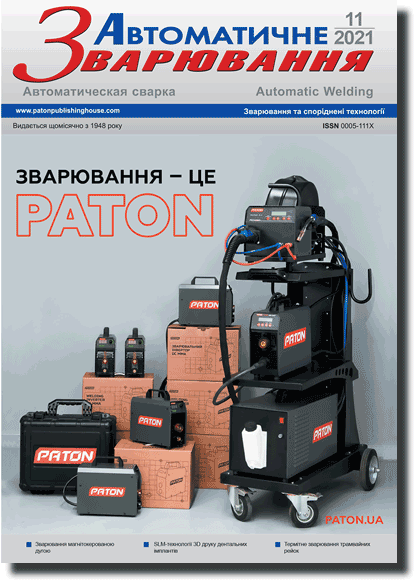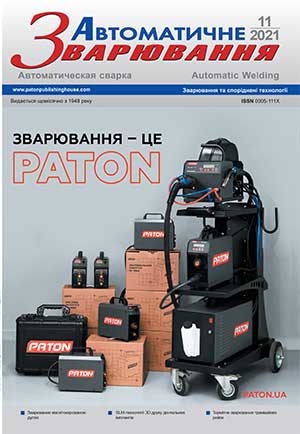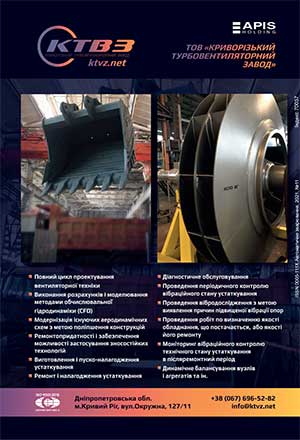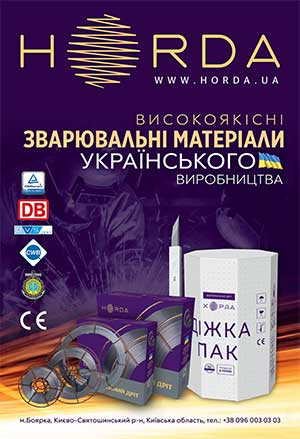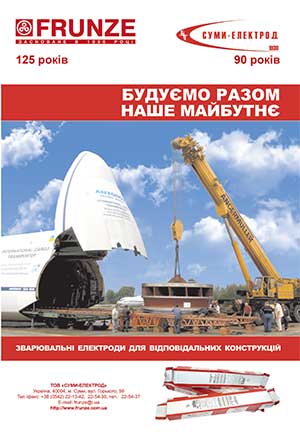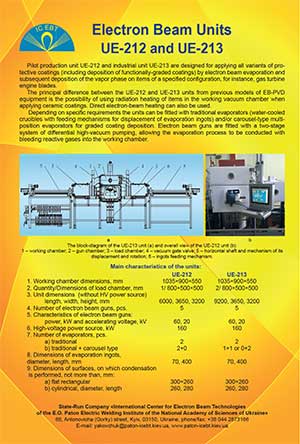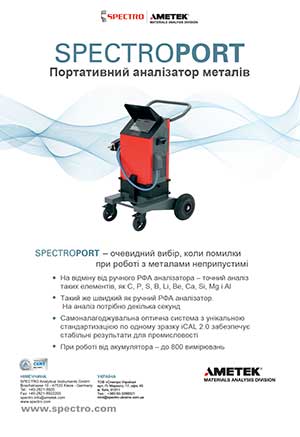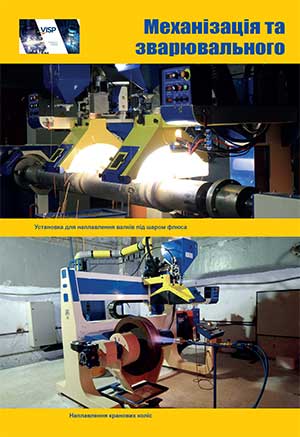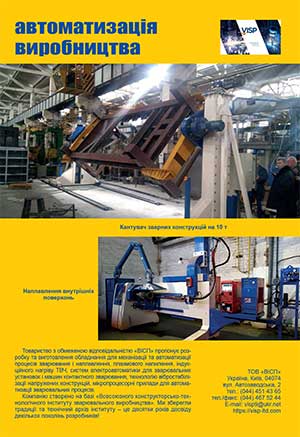| 2021 №11 (06) |
DOI of Article 10.37434/as2021.11.07 |
2021 №11 (08) |
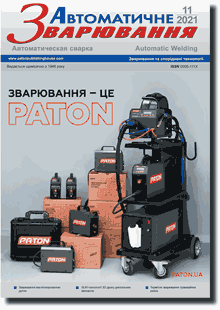
"Avtomatychne Zvaryuvannya" (Automatic Welding), #11, 2021, pp. 40-43
Requirements to technical characteristics of resistance
Yu.M. Lankin
.O. Paton Electric Welding Institute of the NAS of Ukraine. 11 Kazymyr Malevych Str., 03150, Kyiv, Ukraine. E-mail: office@paton.kiev.ua
Welding of up to 0.5 mm thick parts is usually called microwelding. Resistance microwelding is widely applied in electronics and instrument-making. Thermal inertia of welded parts at resistance welding is proportional to the square of their thickness. As a result of low thermal inertia of parts at microwelding, the change of their temperature is close to the change in time of welding current of 50 Hz industrial frequency. In order to eliminate the ripple, resistance microwelding should be conducted by direct current pulses or high-frequency welding current. At microwelding the initial part-part contact resistance is tens of times higher than that of the parts being welded. To reduce the initial splashes of molten metal and stabilize the welded joint quality, the welding current should increase smoothly at microwelding. 12 Ref., 2 Tabl.
Keywords: resistance microwelding, similarity theory, thermal inertia, welding current frequency, typical welding modes
Received: 01.09.2021
References
1. Bannov, M.D. (2005) Resistance welding technology and equipment. Moscow, Akademiya [in Russian].2. Ataush, V.E., Leonov, V.P., Moskvin, E.G. (1996) Microwelding in instrument engineering. Riga, RTU [in Russian].
3. Moravsky, V.E., Vorona, D.S. (1985) Technology and equipment for spot and projection capacitor-discharge welding. Kiev, Naukova Dumka [in Russian].
4. Kolupaev, Yu.F., Privezentsev, V.I. (2003) Peculiarities of capacitor- discharge welding of nichrome in producing of jevellery. Svarochn. Proizvodstvo, 11, 41–43 [in Russian].
5. Paerand, Yu.E., Bondarenko, A.F. (2005) Peculiarities of formation of current pulses for small-size parts. Tekhnichna Elektrodynamika. Tem. Issue: Power Electronics and Power Efficiency, Pt 3, 28-31 [in Russian].
6. Paerand, Yu.E., Bondarenko, A.F. (2006) Application of special shape pulses for resistance microwelding. In: Proc. of 7th Int. Sci.-Pract. Conf. on Modern Information and Electronic Technologies (MIET-2006), Vol.2. Odessa, SE Neptun, Tekhnologiya.
7. Paerand, Yu.E., Bondarenko, A.F. (2006) Power supply for resistance microwelding with programmable shape of welding pulse. Tekhnologiya i Konstruirovanie v Elektronnoj Apparature, 4, 51–54 [in Russian].
8. Lankin, Yu.N. (1967) Electromodeling of thermal processes in resistance spot welding. Avtomatich. Svarka, 7, 23–26 [in Russian].
9. Lebedev, V.K., Yavorskij, Yu.D. (1960) Application of similarity criteria for determination of resistance welding modes. Ibid., 8, 37–44 [in Russian].
10. Paton, B.E., Lebedev, V.K. (1969) Electric equipment for resistance welding. Theory elements. Moscow, Mashinostroenie [in Russian].
11. Paton, B.E., Gavrish, V.S., Grodetsky, Yu.S. (1963) Inertialess diagrams of automatic regulation of resistance welding processes. Avtomatich. Svarka, 5, 7–10 [in Russian].
12. Leonov, V.P., Barabanshchikova, L.A., Grechenkova, A.A., Ataush, V.E. (1990) Controllable power supply SARM-1 for resistance microwelding. Svarochn. Proizvodstvo, 10, 36–38 [in Russian].
Advertising in this issue:
The cost of subscription/purchase order journals or individual articles
| Journal/Currency | Annual Set | 1 issue printed |
1 issue |
one article |
| TPWJ/USD | 384 $ | 32 $ | 26 $ | 13 $ |
| TPWJ/EUR | 348 € | 29 € | 24 € | 12 € |
| TPWJ/UAH | 7200 UAH | 600 UAH | 600 UAH | 280 UAH |
| AS/UAH | 1800 UAH | 300 UAH | 300 UAH | 150 UAH |
| AS/USD | 192 $ | 32 $ | 26 $ | 13 $ |
| AS/EUR | 180 € | 30 € | 25 € | 12 € |
| SEM/UAH | 1200 UAH | 300 UAH | 300 UAH | 150 UAH |
| SEM/USD | 128 $ | 32 $ | 26 $ | 13 $ |
| SEM/EUR | 120 € | 30 € | 25 € | 12 € |
| TDNK/UAH | 1200 UAH | 300 UAH | 300 UAH | 150 UAH |
| TDNK/USD | 128 $ | 32 $ | 26 $ | 13 $ |
| TDNK/EUR | 120 € | 30 € | 25 € | 15 € |
AS = «Automatic Welding» - 6 issues per year;
TPWJ = «PATON WELDING JOURNAL» - 12 issues per year;
SEM = «Electrometallurgy Today» - 4 issues per year;
TDNK = «Technical Diagnostics and Non-Destructive Testing» - 4 issues per year.





